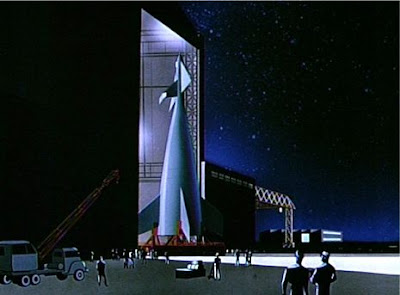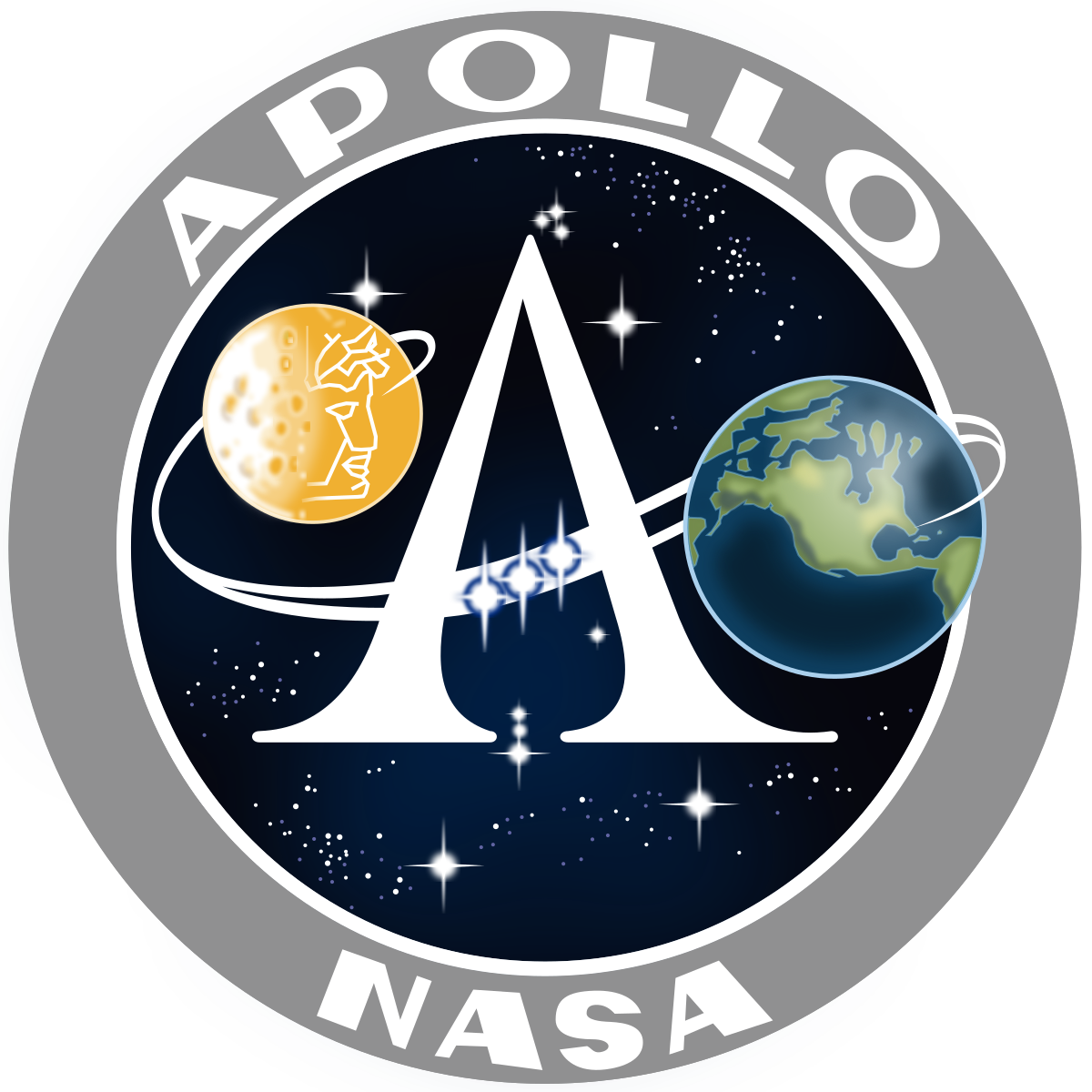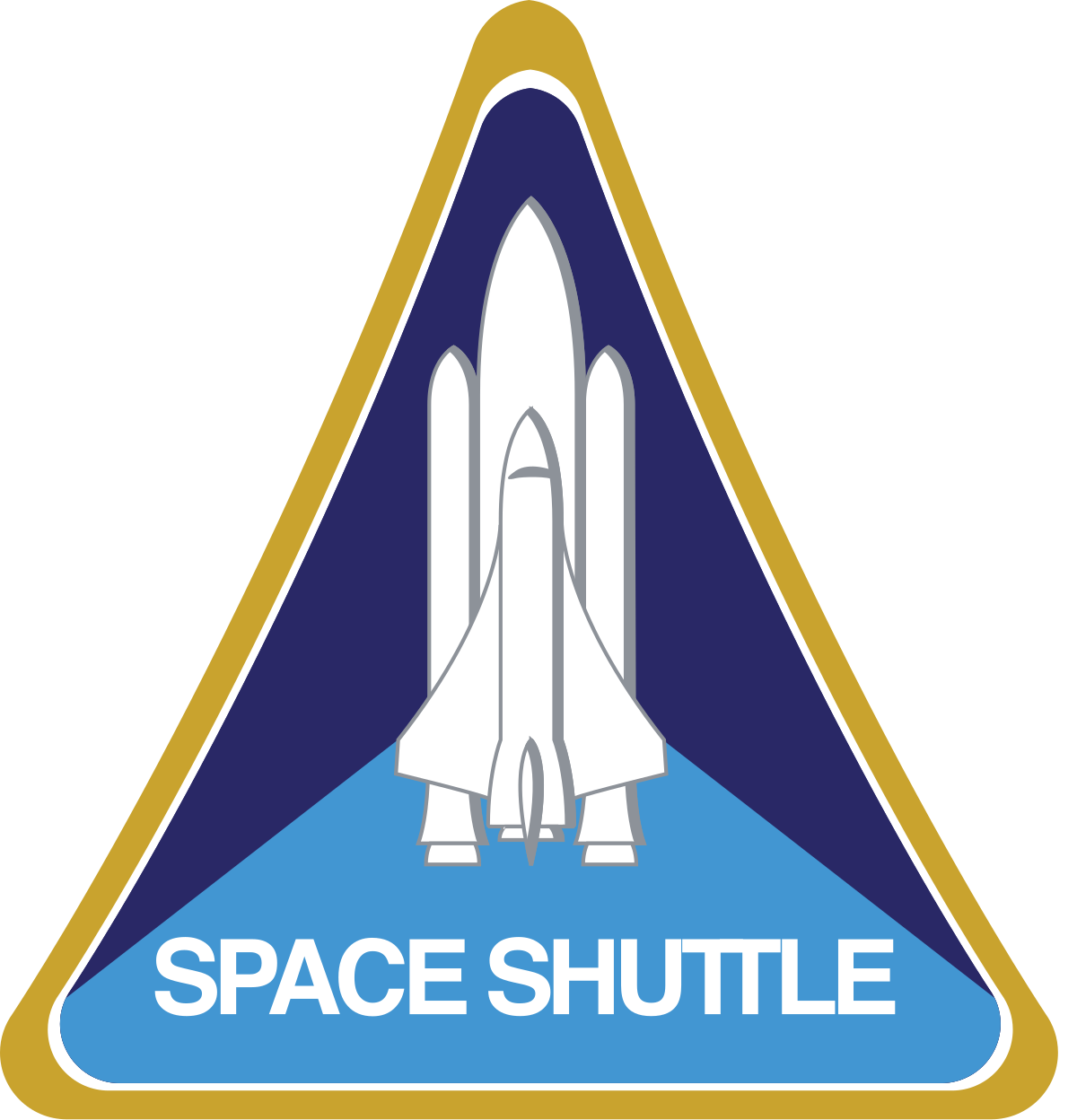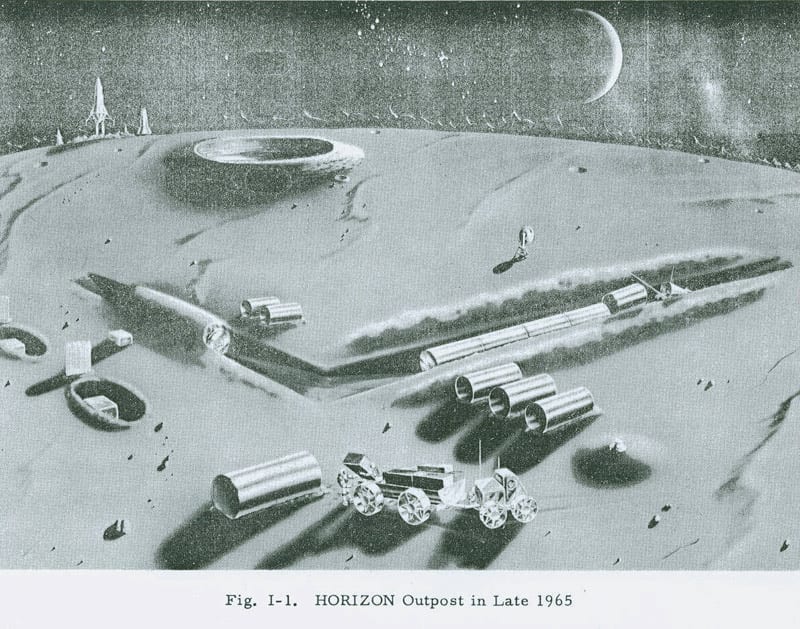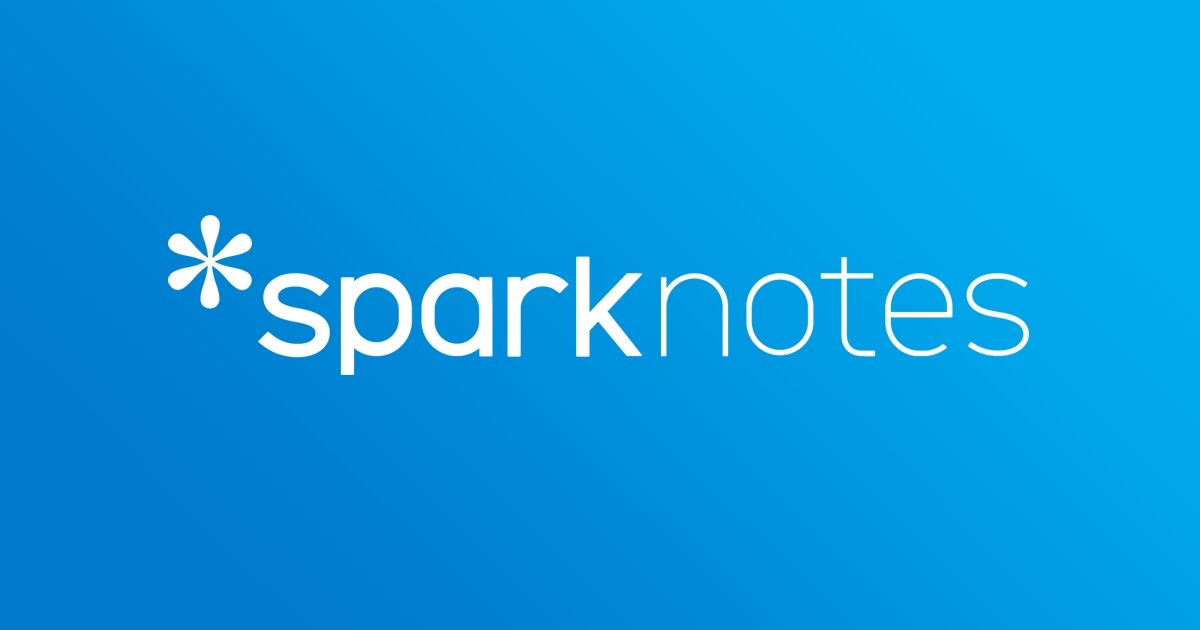In my opinion, the "Space Age" ended when we abandoned human exploration and confined ourselves to low-Earth orbit. In that respect, it is synonymous with the "Space Race".
Yes, we have lots of satellites and we depend one them much more than we did in decades past. But, when it comes to humans in space, we are further behind than now than we were in the late 1960s.
Excuse my dispute that, but the "late 60's saw one or two Apollo Missions to the Moon and a total of about six men. (I'd have to check on how few more the Russians had.)
We saw a lot more in the 1970's with the last of the Apollo missions*, the setting of Skylab**, and the start-up of the Space Shuttle program***.
So we were further 'ahead' in the 1970s~@2011, than in the 1960s. Things have tapered off a bit since then, but ISS**** has kept a presence, even if in LEO. Thing is it is very pricey to go further and there are a few complications on top of expense, which I'm building towards in next post(s), but needed some background, foundation, and perspective, First!
* Apollo ran from 1961 to 1972, with the first crewed flight in 1968. ...
Kennedy's goal was accomplished on the
Apollo 11 mission when astronauts
Neil Armstrong and
Buzz Aldrin landed their
Apollo Lunar Module (LM) on July 20, 1969, and walked on the lunar surface, while
Michael Collins remained in
lunar orbit in the
command and service module (CSM), and all three landed safely on Earth on July 24. Five subsequent Apollo missions also landed
astronauts on the Moon, the last,
Apollo 17, in December 1972. In these six spaceflights,
twelve people walked on the Moon.
...

en.wikipedia.org
...
There were a few cancelled Apollo missions, even though reportedly the launchers and mission capsules were completed.

en.wikipedia.org
~~~~~~~~
**
Skylab was the first United States
space station, launched by
NASA,
[3] occupied for about 24 weeks between May 1973 and February 1974. It was operated by three separate three-astronaut crews:
Skylab 2,
Skylab 3, and
Skylab 4. Major operations included an orbital workshop, a
solar observatory,
Earth observation, and hundreds of
experiments.
Unable to be re-boosted by the
Space Shuttle, which was not ready until 1981, Skylab's orbit eventually decayed, and it disintegrated in the atmosphere on July 11, 1979, scattering debris across the
Indian Ocean and
Western Australia.
...

en.wikipedia.org
~~~~~~~~~~~~~~~~~
***
The
Space Shuttle program was the fourth
human spaceflight program carried out by the U.S.
National Aeronautics and Space Administration (NASA), which accomplished routine transportation for Earth-to-orbit crew and cargo from 1981 to 2011. Its official name,
Space Transportation System (
STS), was taken from a 1969 plan for
a system of reusable spacecraft of which it was the only item funded for development.
[1] It flew 135 missions and carried 355 astronauts from 16 countries, many on multiple trips.
The
Space Shuttle—composed of an
orbiter launched with two reusable
solid rocket boosters and a disposable
external fuel tank—carried up to eight
astronauts and up to 50,000 lb (23,000 kg) of
payload into
low Earth orbit (LEO). When its mission was complete, the orbiter would
reenter the Earth's atmosphere and land like a
glider at either the
Kennedy Space Center or
Edwards Air Force Base.
The Shuttle is the only winged crewed spacecraft to have achieved orbit and landing, and the first reusable crewed space vehicle that made multiple flights into orbit.
[a] Its missions involved carrying large payloads to various orbits including the
International Space Station (ISS), providing crew rotation for the space station, and performing service missions on the
Hubble Space Telescope. The orbiter also recovered
satellites and other payloads (e.g., from the ISS) from orbit and returned them to Earth, though its use in this capacity was rare. Each vehicle was designed with a projected lifespan of 100 launches, or 10 years' operational life. Original selling points on the shuttles were over 150 launches over a 15-year operational span with a 'launch per month' expected at the peak of the program, but extensive delays in the development of the International Space Station
[2] never created such a peak demand for frequent flights.
...

en.wikipedia.org
~~~~~~~~~~~~~~~
****
The
International Space Station (
ISS) is the largest
modular space station currently in
low Earth orbit. It is a multinational collaborative project involving five participating space agencies:
NASA (United States),
Roscosmos (Russia),
JAXA (Japan),
ESA (Europe), and
CSA (Canada).
[7][8] The ownership and use of the space station is established by intergovernmental treaties and agreements.
[9] The station serves as a
microgravity and
space environment research laboratory in which
scientific research is conducted in
astrobiology,
astronomy,
meteorology,
physics, and other fields.
[10][11][12] The ISS is suited for testing the spacecraft systems and equipment required for possible future long-duration missions to the Moon and Mars.
[13]
The
ISS programme evolved from the
Space Station Freedom, a 1984 American proposal to construct a permanently manned Earth-orbiting station,
[14] and the contemporaneous Soviet/Russian
Mir-2 proposal from 1976 with similar aims. The ISS is the ninth space station to be inhabited by crews, following the Soviet and later Russian
Salyut,
Almaz, and
Mir stations and the American
Skylab. It is the largest artificial object in space and the largest satellite in low Earth orbit, regularly visible to the
naked eye from Earth's surface.
[15][16] It
maintains an orbit with an average altitude of 400 kilometres (250 mi) by means of reboost manoeuvres using the engines of the
Zvezda Service Module or visiting spacecraft.
[17] The ISS circles the Earth in roughly 93 minutes, completing 15.5 orbits per day.
[18]
The station is divided into two sections: the
Russian Orbital Segment (ROS) is operated by Russia, while the
United States Orbital Segment (USOS) is run by the United States as well as by the other states. The Russian segment includes six modules. The US segment includes ten modules, whose support services are distributed 76.6% for NASA, 12.8% for JAXA, 8.3% for ESA and 2.3% for CSA.
...

en.wikipedia.org









